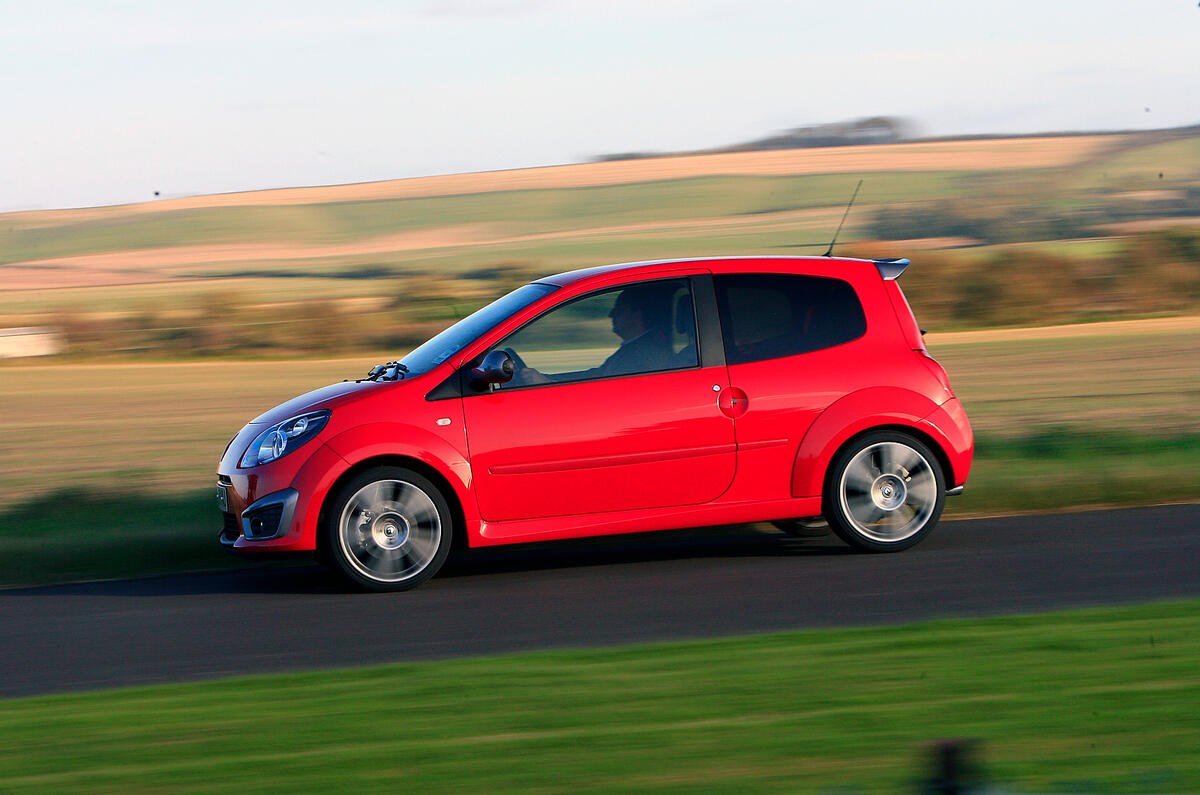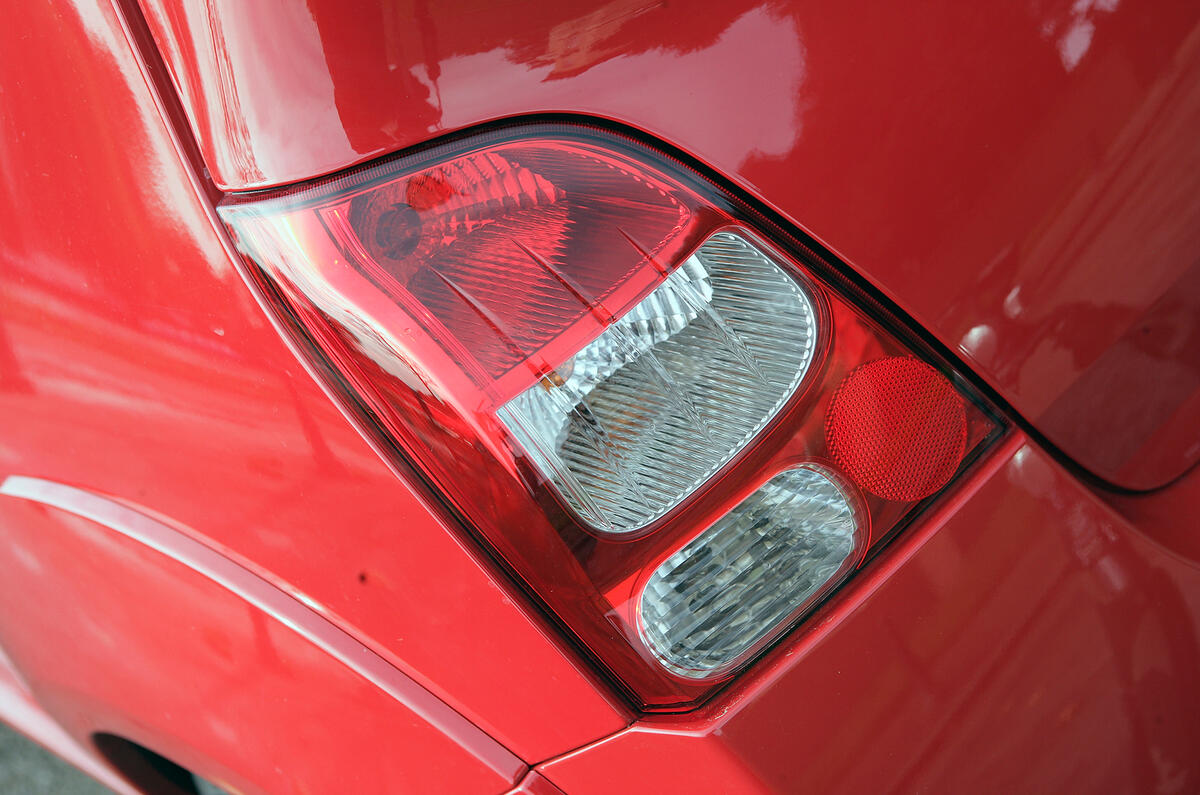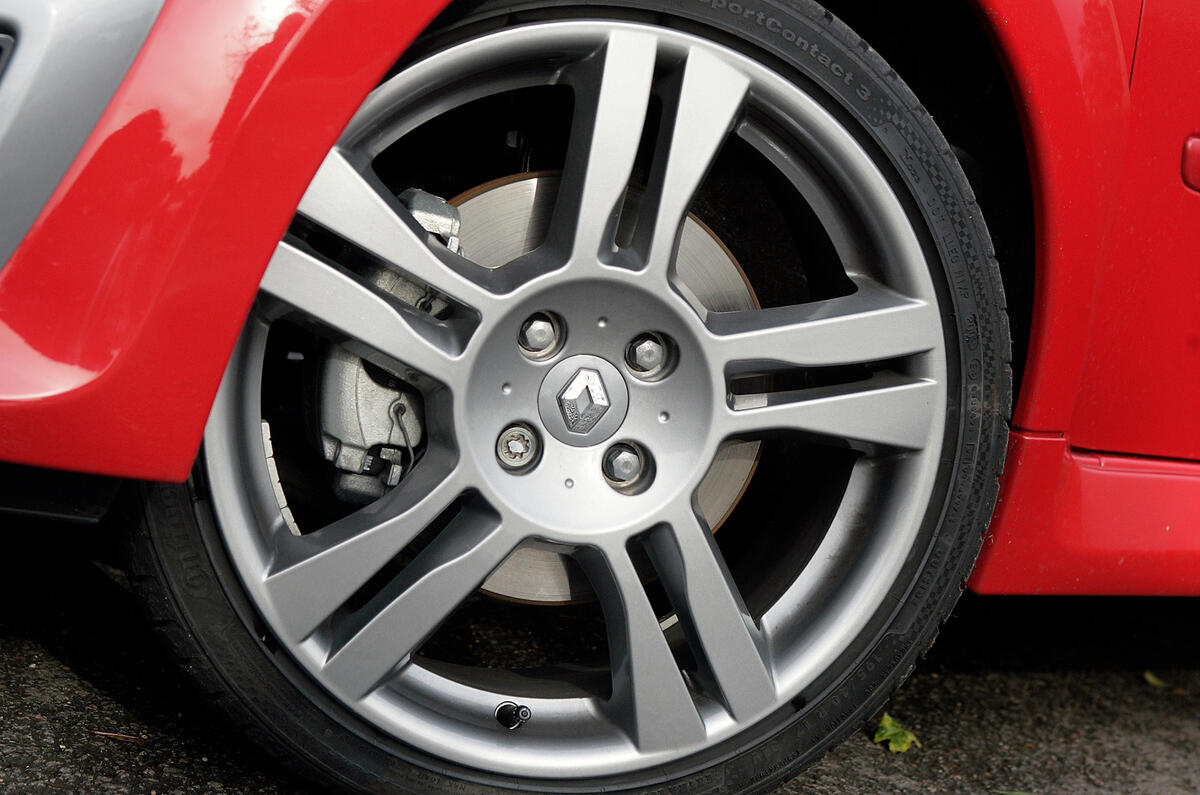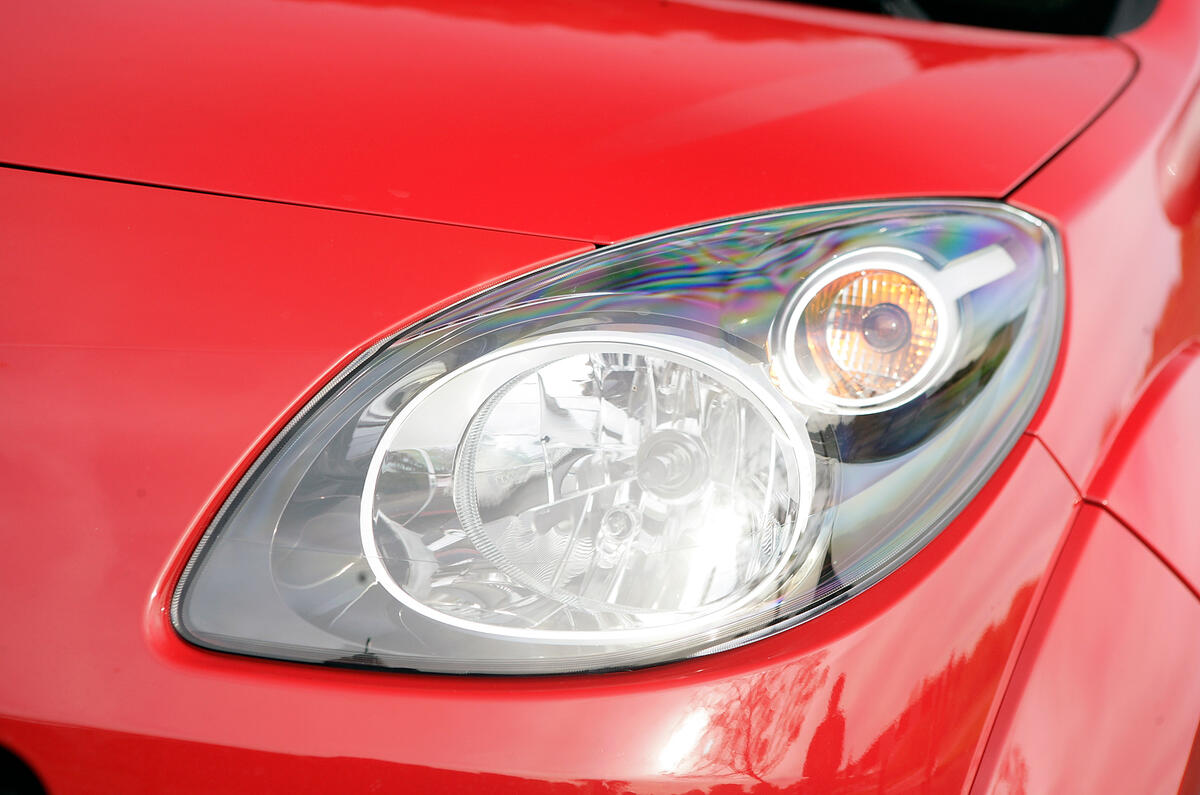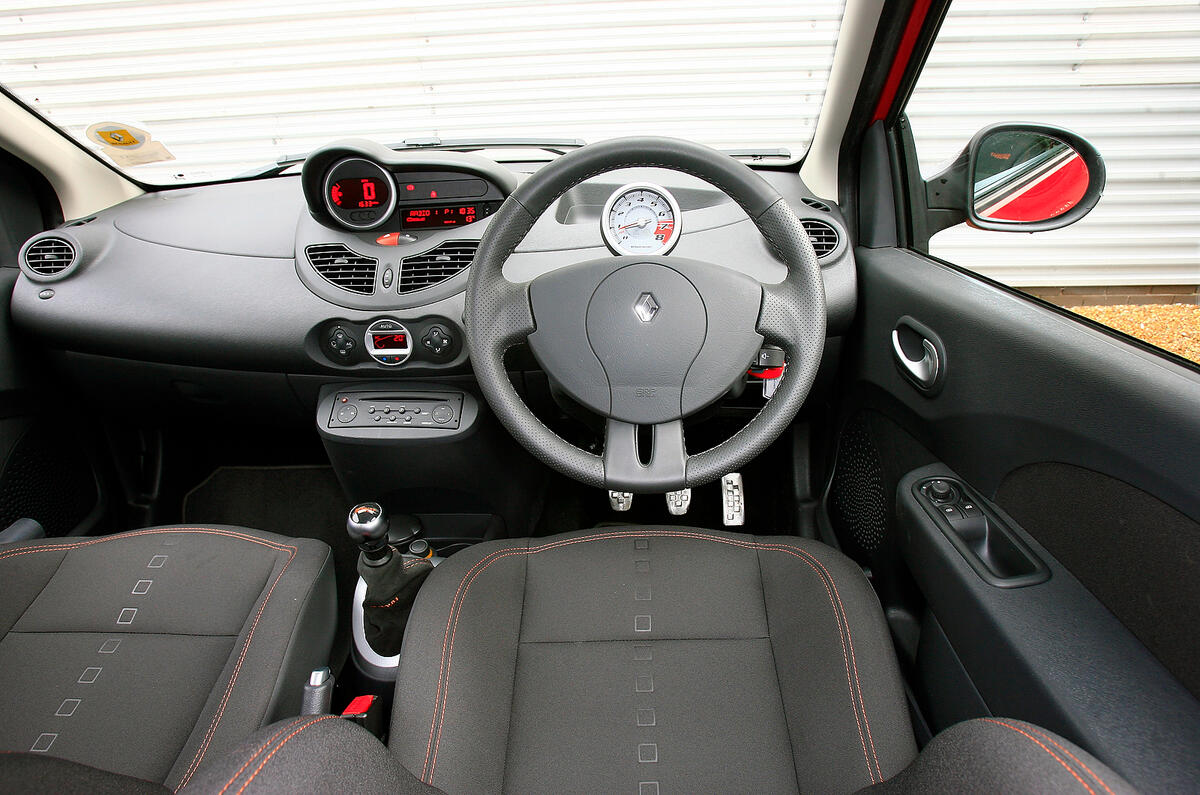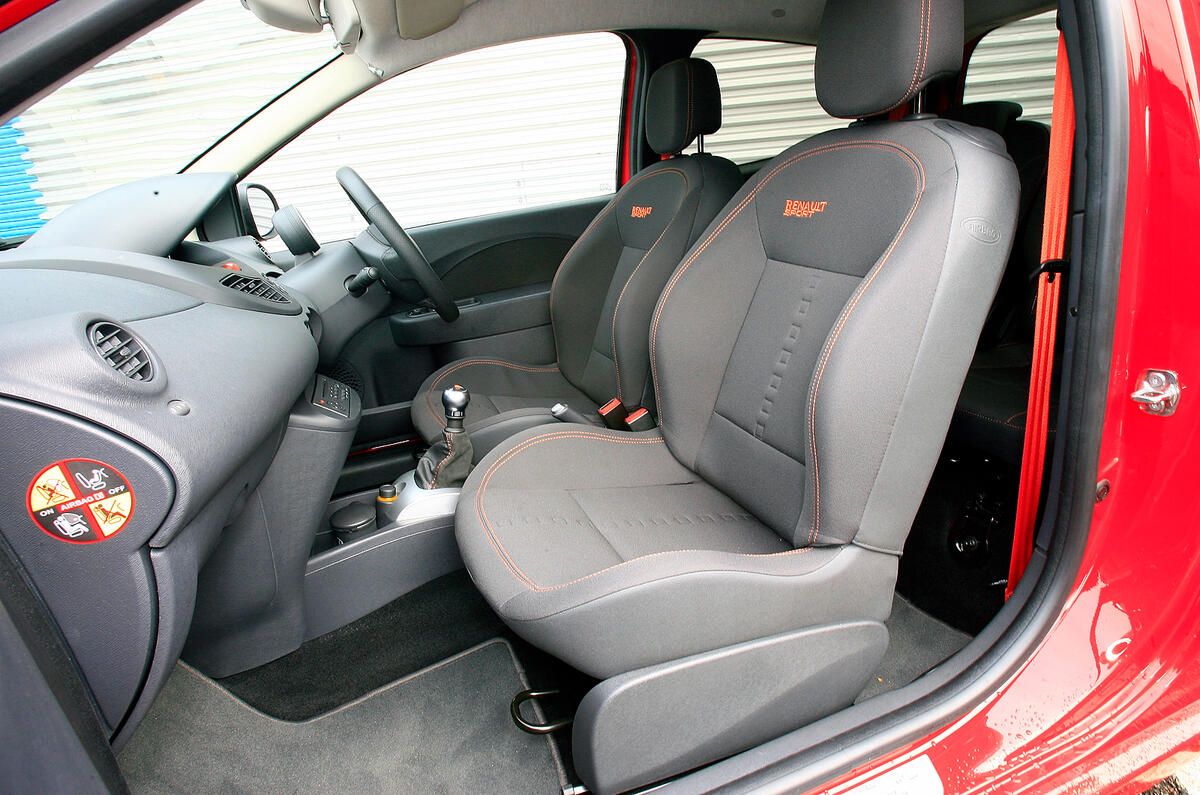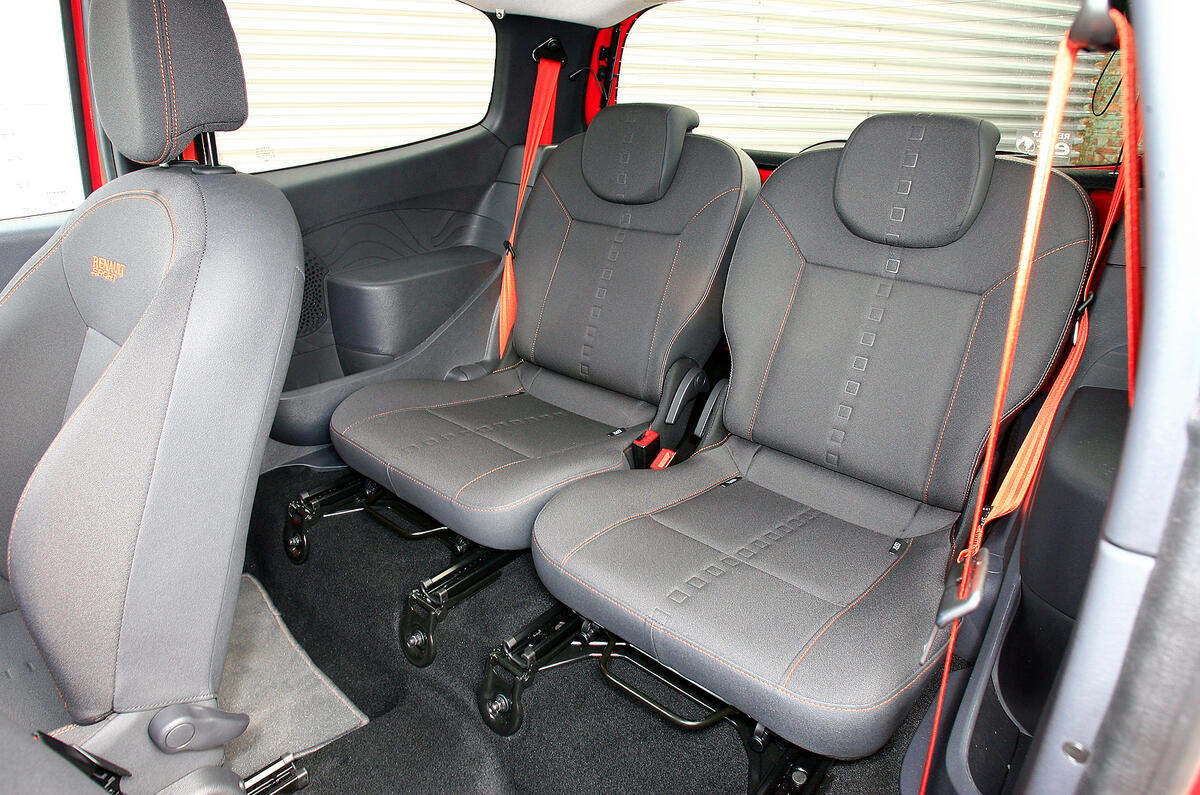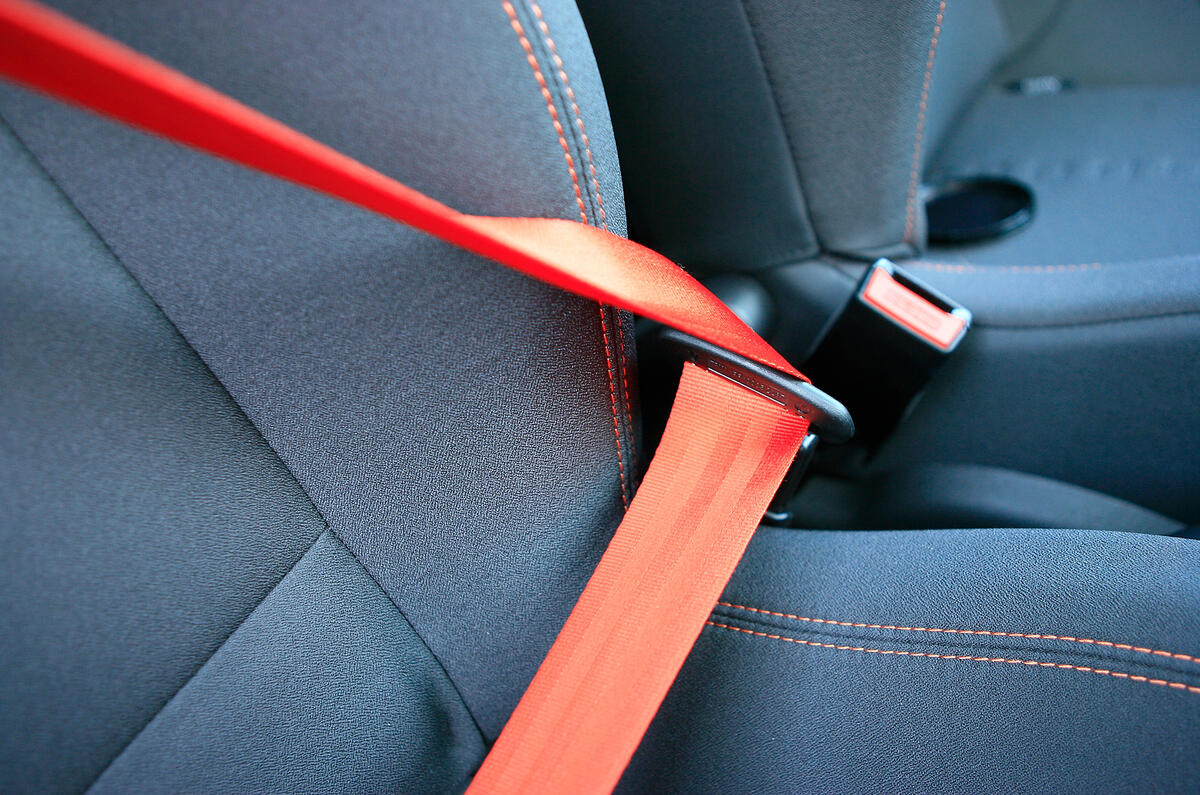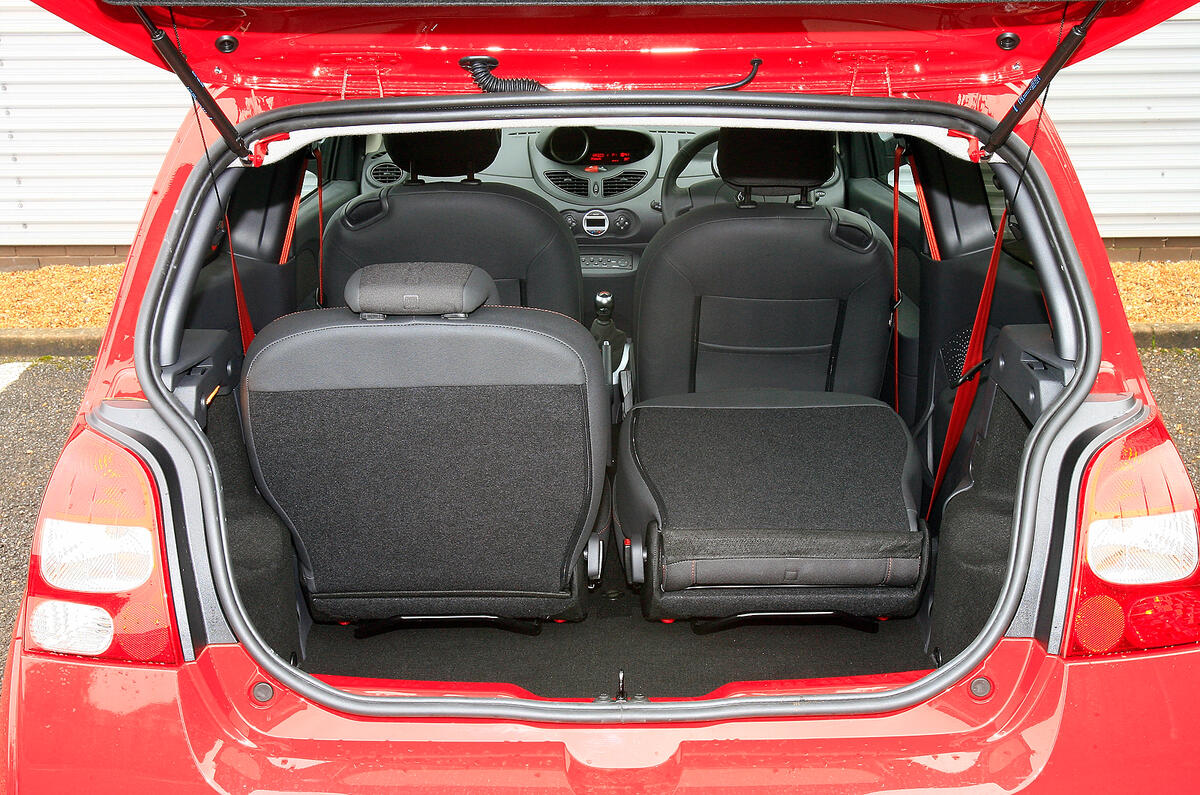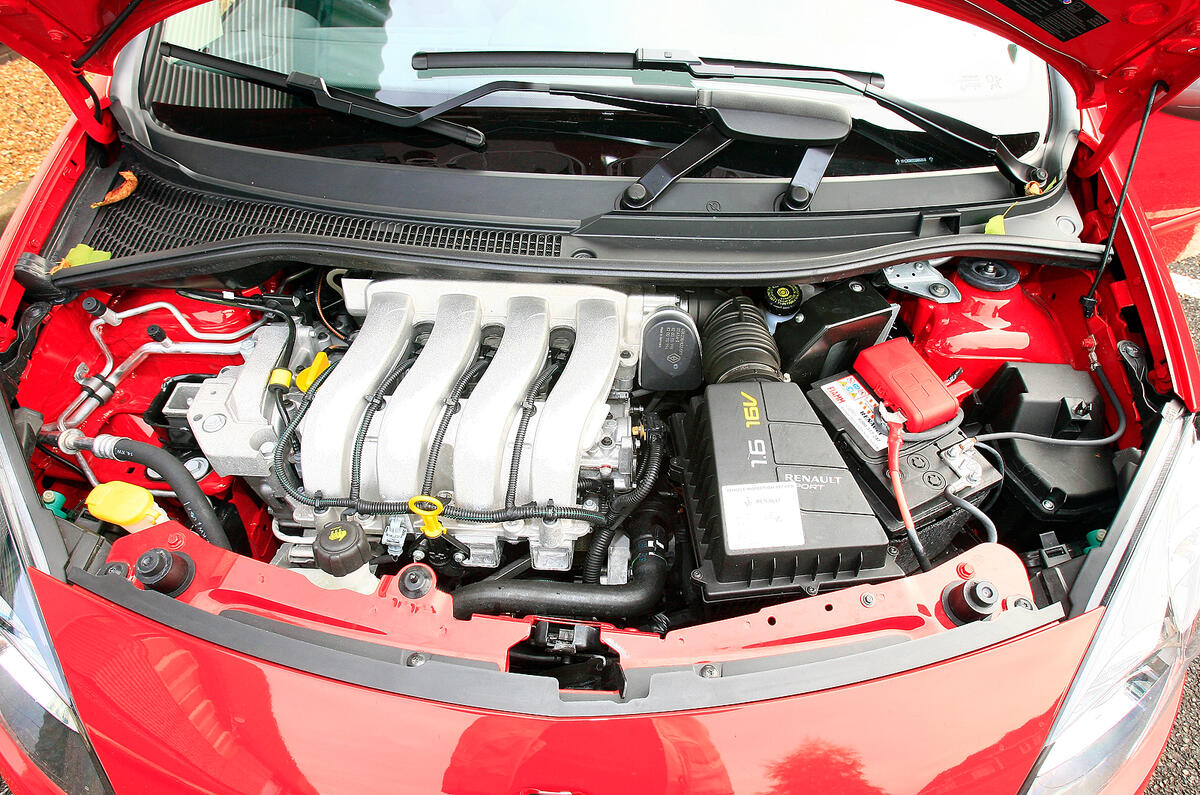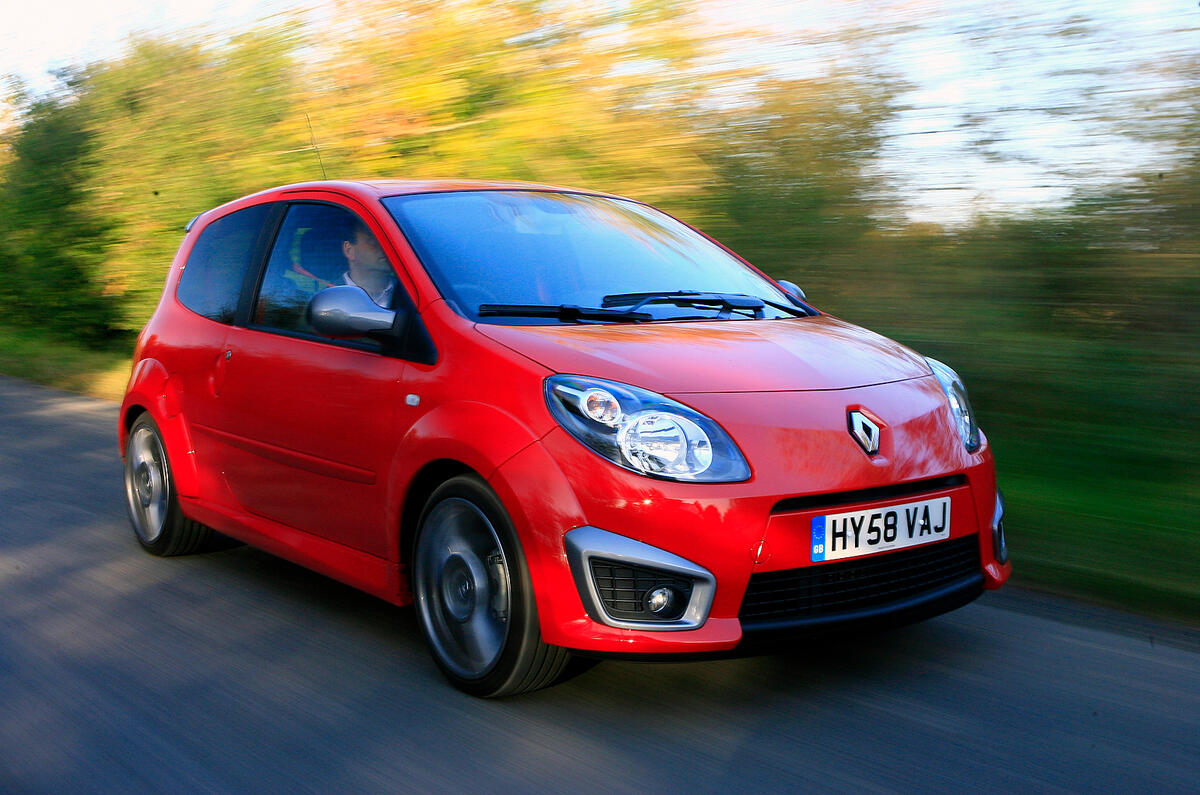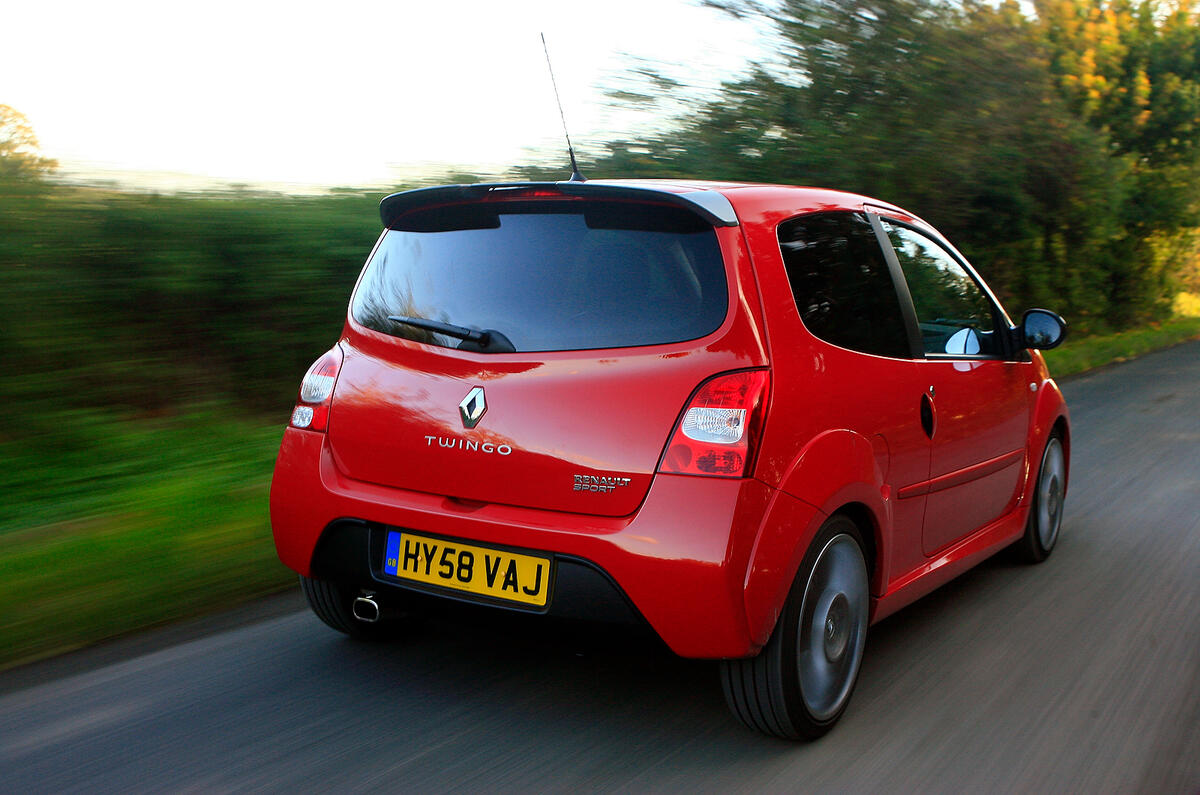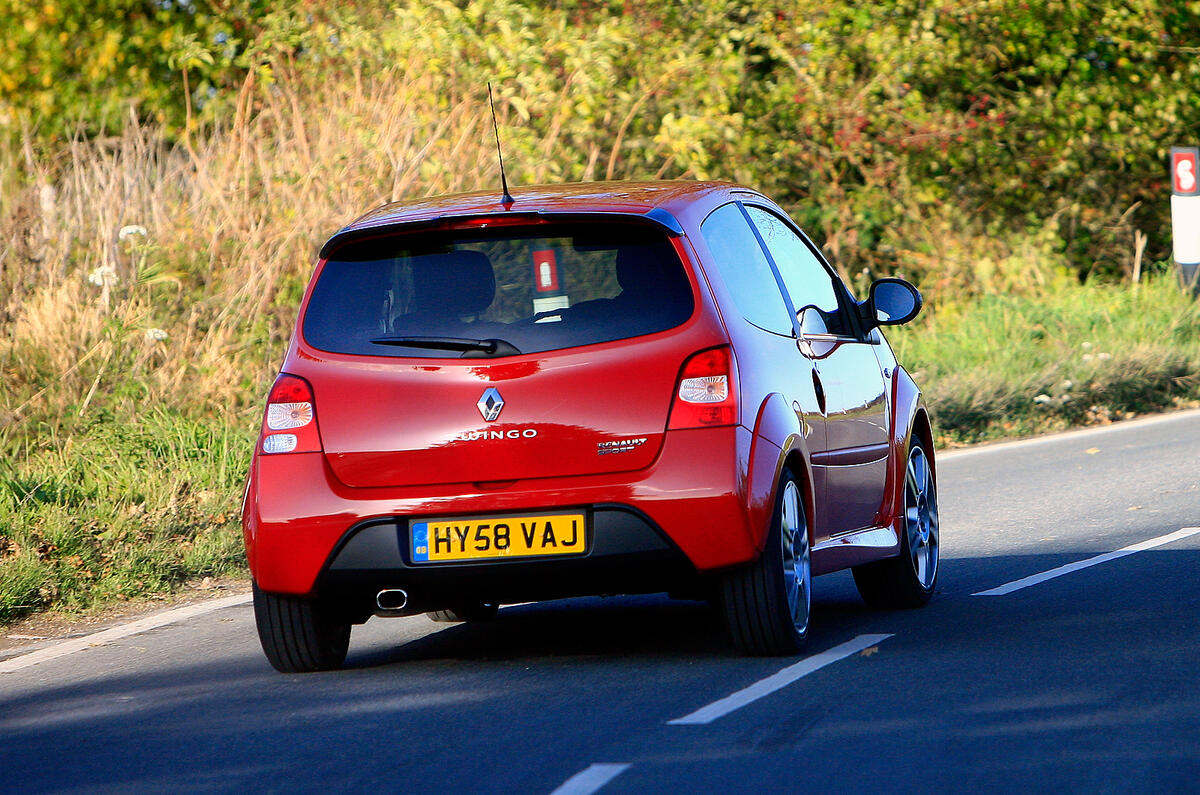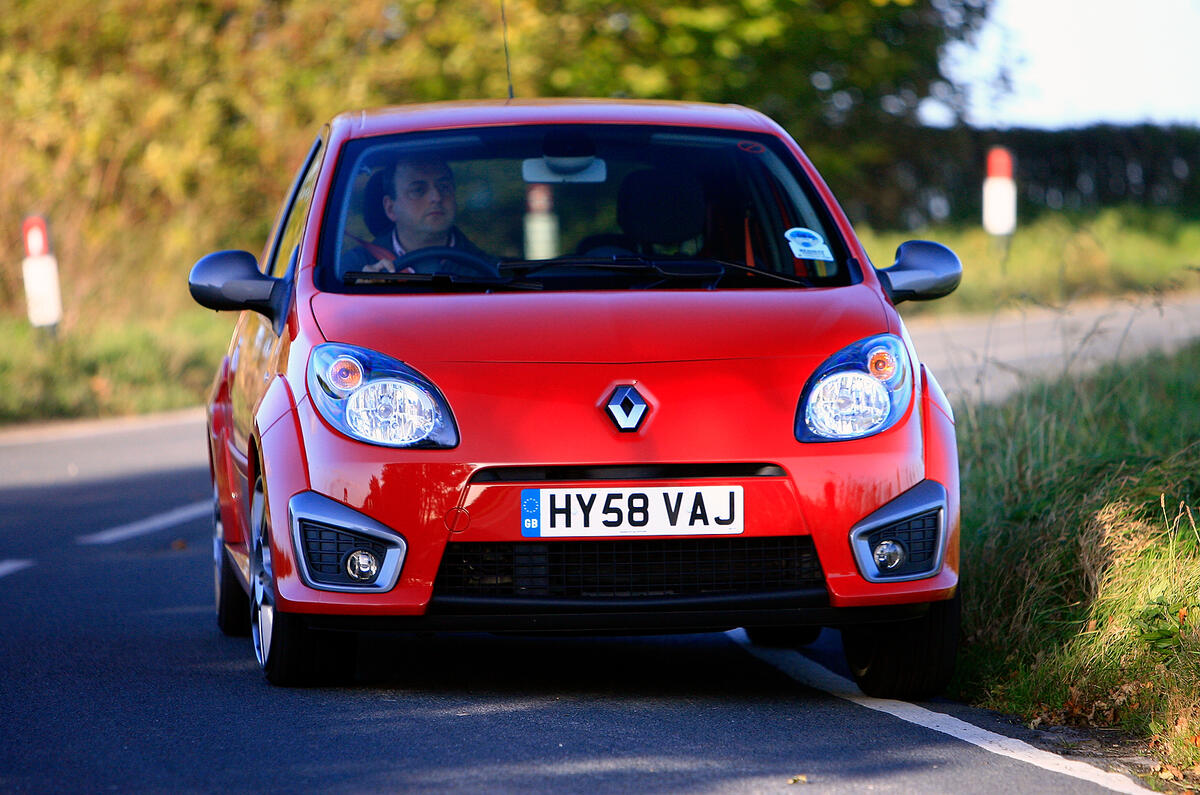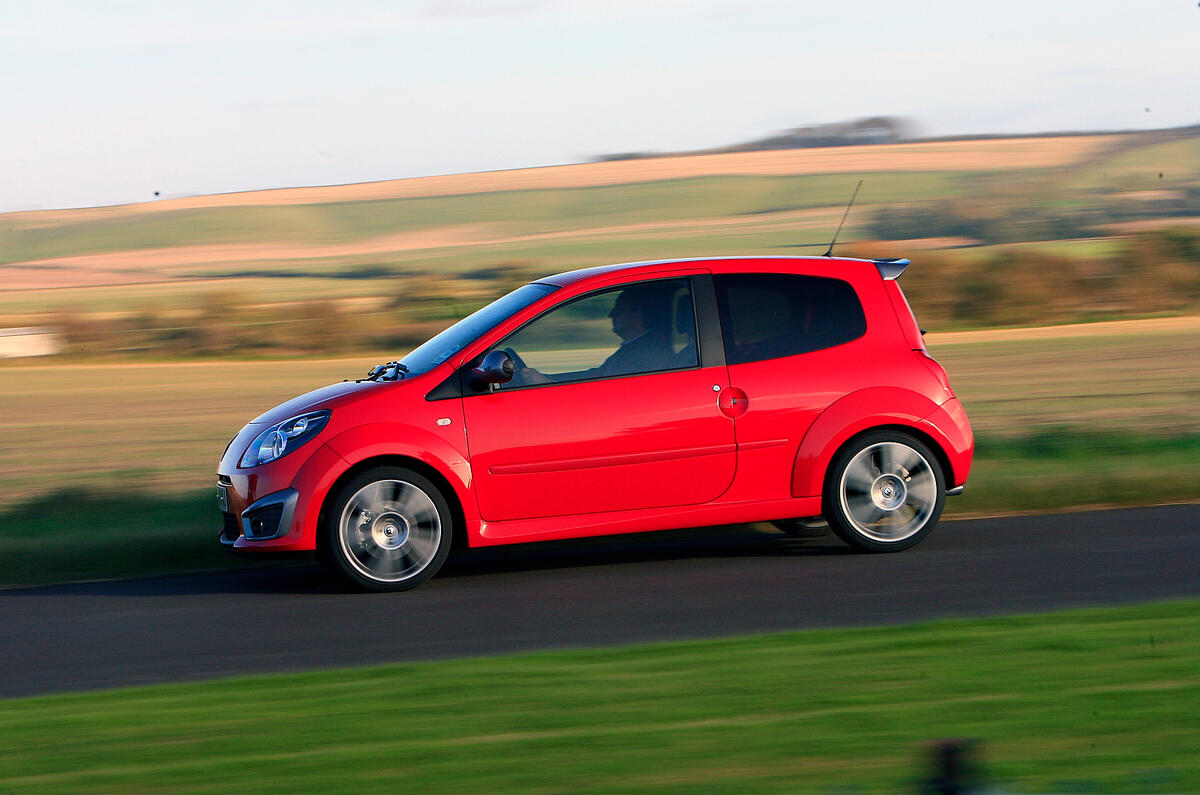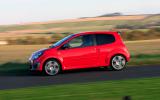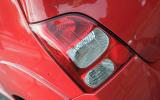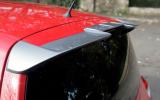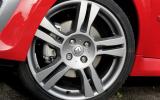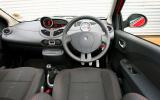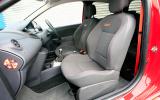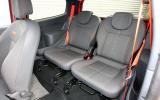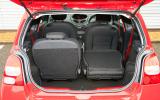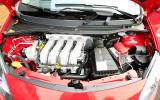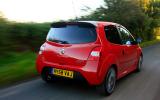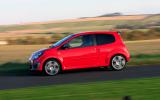In hard times, so it’s no bad thing to be reminded that the low-carbon future that is imposing itself upon us it not without upsides. Cars will surely become smaller and lighter, but far from this removing fun, it seems likely that we’ll end up enjoying ourselves rather more. If it turns out that this Twingo Renaultsport 133 is in the vanguard of a new breed of small performance cars, you’ll not hear us complaining.
Bloated kerb weights mean much of the magic conjured by, say, Peugeot’s 205 GTi is a dim and distant memory when you drive today’s hot hatches.
But Renault is convinced that the Twingo is the car to bring it back, and given that it’s the progeny of the same minds that created the Clio 197 and Megane R26R, two of our favourite sporting cars of any description, there’s no questioning its pedigree.
What seems more open to doubt is whether even the shining talents of Renaultsport can create a convincing makeover of a car, which is based on the underpinnings of the Mk2 Clio.
The RS Twingo is also available with a Cup chassis option that has 10 percent stiffer damping and springing, and an additional 4mm taken off its ride height.
Slightly confusingly, there’s also a version called Cup, which is an even more Spartan version of the standard car, trimming weight and increasing performance, thus gaining the 'Cup' tag that has been screwed on to Clios of a similar ethos. Naturally, this gets the usually optional Cup chassis as standard.


